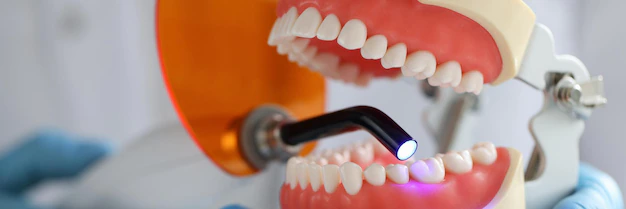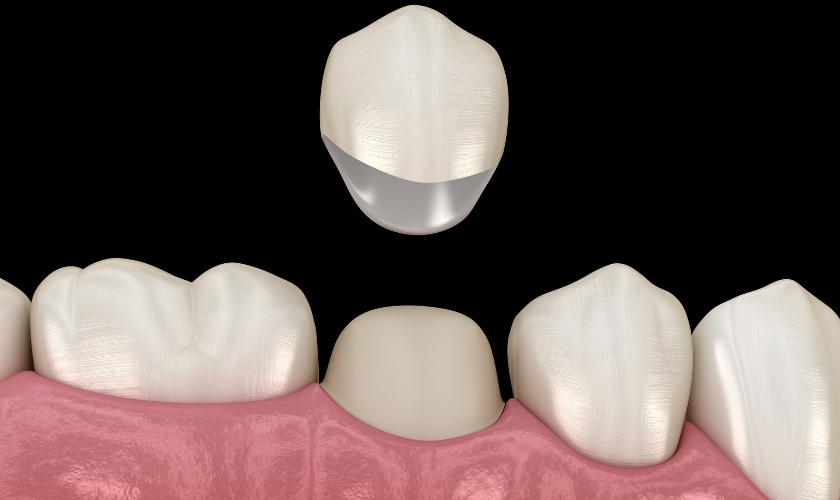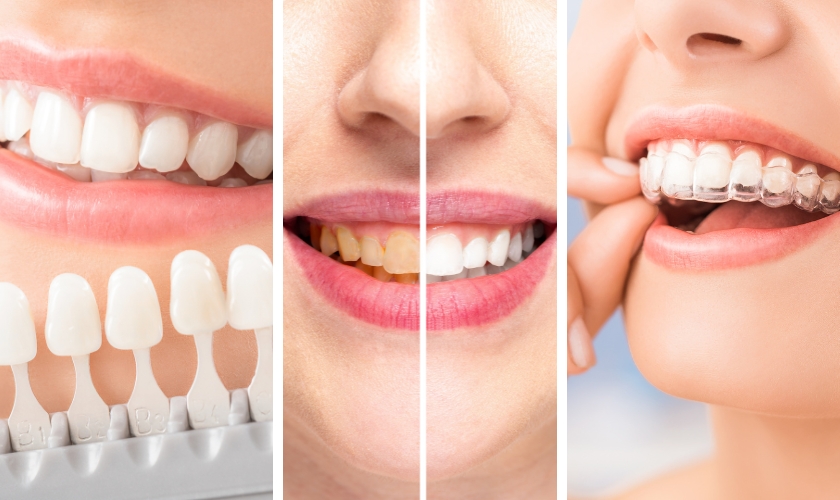When Is A Dental Inlay Required?

When Do Dental Fillings Need To Be Replaced?
January 27, 2023
Everything You Need To Know About Dealing With Dental Emergencies In Olds
February 3, 2023Dental inlays are procedures used to restore dental health and function. They can be used for both cosmetic and health reasons, but they are more commonly used to fill cavities or repair broken teeth. In this article, we’ll discuss the different types of dental inlays, when they are required, and the process for getting them.
What is a Dental Inlay?
A dental inlay is a dental restoration made from materials such as composite resin, porcelain, gold or ceramic. It is similar to a dental filling, but it is much larger and covers the entire surface of the affected tooth. Dental inlays can help to restore dental health, prevent further dental decay, and improve the appearance of your smile.
Types of Dental Inlays
There are several types of dental inlays available, including composite resin, porcelain, gold and ceramic. Each type has its own unique advantages and disadvantages. Composite resin dental inlays are cost-effective and quick to apply, but they can be prone to staining if not properly maintained. Porcelain dental inlays are strong and durable, but more expensive than composite resin. Gold dental inlays are very strong and resistant to wear, but the cost can be prohibitive. Ceramic dental inlays are strong and aesthetically pleasing, but also expensive.
When is a Dental Inlay required?
Dental inlays may be required when an existing dental filling has reached the end of its life or if a tooth has become heavily decayed and cannot be adequately treated with a dental filling. Inlays may also be used to repair cracked or broken teeth and can help improve the appearance of a smile by replacing missing teeth or filling in gaps between teeth.
The Dental Inlay Process
The dental inlay process involves several steps, including preparation, impression taking and fitting. Preparation involves removing any existing dental work, cleaning the tooth and preparing it for the dental inlay. An impression is then taken of the affected area, which will be used as a mold to create the dental inlay. Once the dental inlay is ready, it will be fitted into place and bonded to the tooth. The process usually takes two or three visits to complete.
Aftercare
Once a dental inlay has been fitted, it is important to take good care of the tooth and gums. This includes brushing and flossing twice a day and attending regular dental check-ups. It is also important to avoid hard or sticky foods that could damage the dental inlay.
Maintenance
Regular dental check-ups are important to ensure the dental inlay is functioning correctly. It is also important to have any dental work, such as fillings or crowns, checked regularly for signs of wear and tear. Dental inlays should be replaced every 10 years or sooner if they become damaged.
Benefits of Dental inlays
Dental inlays offer several benefits including improved dental function, better dental hygiene, improved aesthetics and greater durability than dental fillings. Dental inlays also help to prevent further dental decay by filling the gaps between teeth and preventing bacteria from entering them. In addition, dental inlays are more aesthetically pleasing than dental fillings and can be tailored to match the color of your existing teeth.
Cost
The cost of dental inlays depends on the materials used and the complexity of the procedure. Generally speaking, porcelain dental inlays are more expensive than composite dental inlays, and gold dental inlays are more expensive than porcelain. It is important to consult with your dentist to find out which type of dental inlay is best for you and your budget.
Alternatives
Alternative treatments for dental problems may include dental fillings, dental crowns, dental veneers or dental implants. Your dentist will be able to advise you on which option is best for your individual needs.
Conclusion
Dental inlays can be an effective solution to dental problems such as cracked, broken or heavily decayed teeth. They are also more aesthetically pleasing than dental fillings, and can be tailored to match the color of your existing teeth. However, dental inlays are more expensive than dental fillings and require regular maintenance and replacement every 10 years or sooner if they become damaged. It is therefore important to consult with your dentist to determine if dental inlays are right for you.
Frequently Asked Questions
Q: What is a dental inlay?
A: A dental inlay is a dental restoration that fills in the gaps between teeth and can be used to repair cracked or broken teeth. It is usually made from porcelain, gold or composite material.
Q: How long do dental inlays last?
A: Generally, dental inlays should be replaced every 10 years or sooner if they become damaged. It is important to attend regular dental check-ups to ensure the dental inlay is functioning correctly.
Q: How much does a dental inlay cost?
A: The cost of dental inlays depends on the material used and the complexity of the procedure. Porcelain dental inlays are more expensive than composite dental inlays, and gold dental inlays are more expensive than porcelain. Your dentist will be able to advise you on which type of dental inlay is best for you and your budget.




